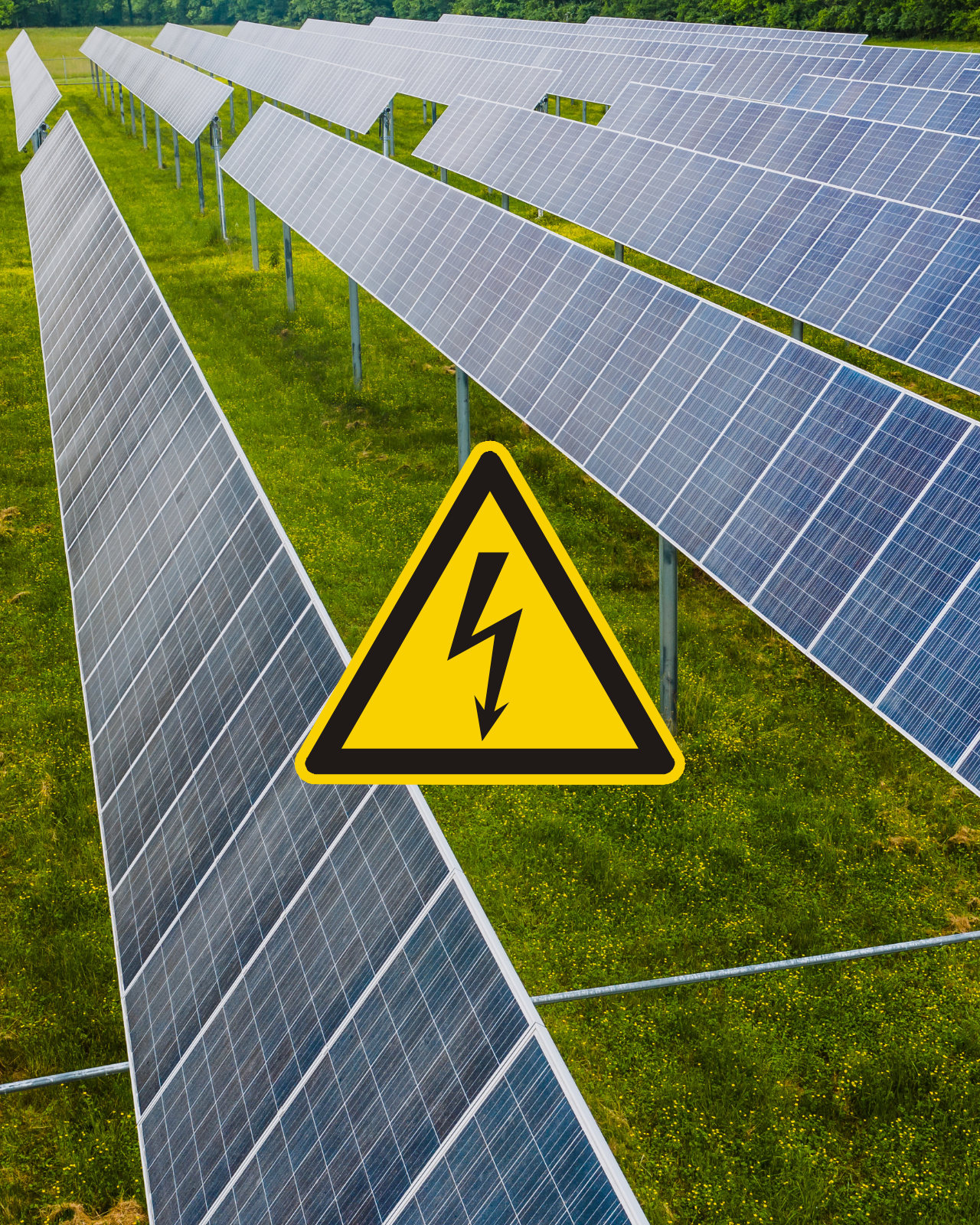Investments in renewable energy sources NON-MARKET REDISPATCH – A STABILISATION MECHANISM OR A ROOM FOR ABUSE?

Nature of redispatch
Non-market redispatch refers to the intervention of the transmission system operator – in Poland, Polskie Sieci Elektroenergetyczne S.A. (PSE) – involving changes to the production schedules of generating units outside of market mechanisms, in order to ensure the safe operation of the power system. In simple terms, PSE instructs producers to limit energy generation not because of market signals, but because the grid cannot safely absorb the electricity.
In practice, however, these actions are often carried out without clearly defined criteria that would guarantee equal treatment of energy producers and prevent discrimination.
Legal situation
The legal grounds for curtailing RES installations raise serious concerns.
In the Polish legal system, generating units have no real ability to negotiate reliability terms—these clauses are imposed unilaterally in grid connection agreements. This structure contradicts the intent of EU regulations, which foresee such clauses as voluntary. As a result, RES producers lose the right to compensation for forced production curtailments.
Another controversial aspect is the selection criteria for which units are curtailed—large photovoltaic farms, in particular, are affected far more frequently than others.
There are relatively simple and low-cost changes that could improve the situation for RES producers. Most importantly, the regulations that prevent grid connection agreements from including guaranteed levels of supply reliability must be amended—currently, the lack of such provisions disproportionately burdens producers of solar and wind energy, whose installations are most frequently curtailed.
Equally important is the simplification of procedures and the method of calculating compensation. Current mechanisms are complex and often opaque.
Possibility of seeking compensation
In each individual case, energy producers should consider legal actions that may allow them to fully recover their losses.
When it comes to redispatch, the following should be examined:
• Was the curtailment of the plant necessary in that particular instance? According to EU law, redispatch may only be used under strictly defined conditions, as a last resort and in a proportionate manner. In practice, however, it has become a nearly routine network management tool.
• Was the principle of non-discrimination respected? Photovoltaic installations are curtailed much more frequently than wind sources, raising questions about the transparency and objectivity of the criteria used.
• Did PSE correctly calculate the amount of compensation in accordance with EU law?
• Did the producer voluntarily sign a grid connection agreement that does not guarantee reliable supply?
A negative answer to even one of these questions should prompt a review of potential compensation claims.
Conclusion
To effectively address the challenges of non-market redispatch, energy producers must understand their legal position and actively pursue the protection of their interests.
The issues outlined above paint a picture in which the costs of non-market redispatch are borne entirely by RES producers. Increasingly, there is legal basis for seeking compensation for unjustified curtailments. This is not just a matter of individual claims—it is also part of a broader transformation that should lead to greater recognition of the interests of all market participants in the energy sector.

